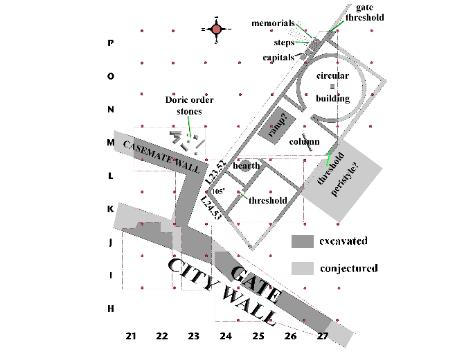No, and it was not a love poem written by Sappho but by Shu-Sin, a Sumerian King who ruled around 2,000 BC. Well, it may not be exactly a love poem but it certainly was a way to celebrate beauty and love.
A close study has revealed that according to Sumerian belief, it was the sacred duty of the country’s ruler to marry a priestess and votary (i.e. a devote adherent of a cult or religion) of Inanna, the goddess of love and procreation once a year. It was celebrated on New Year’s Day to ensure the fertility of the soil and fecundity in the womb.
The ceremony started with festivities and banquets accompanied by music, song, and dance. It was during such a celebration that the ‘bride’ of King Shun-Sin would recite the poem as part of the sacred rite.
The King would symbolically marry the goddess Inanna, in order to ensure fertility and prosperity for the coming year.
Bridegroom, dear to my heart,Goodly is your beauty, honeysweet,
Lion, dear to my heart,
Goodly is your beauty, honeysweet.
You have captivated me, let me stand tremblingly before you.
Lion, I would be taken by you to the bedchamber.
Lion, let me caress you,
My precious caress is more savory than honey.
Tell my mother, she will give you delicacies,
My father, he will give you gifts.
Bridegroom, sleep in our house until dawn,
Your heart, I know where to gladden your heart,
Lion, sleep in our house until dawn.
Give me pray of your caresses,
My lord god, my lord protector,
My Shu-Sin, who gladdens Enlil's heart,
Give my pray of your caresses.
Your place goodly as honey, pray lay your hand on it,
Bring your hand over like a gishban-garment,
Cup your hand over it like a gishban-sikin-garment
The text
appeared on a cuneiform tablet discovered during excavations in
[for
more details, please refer to this article in World History]
.gif)






